Search
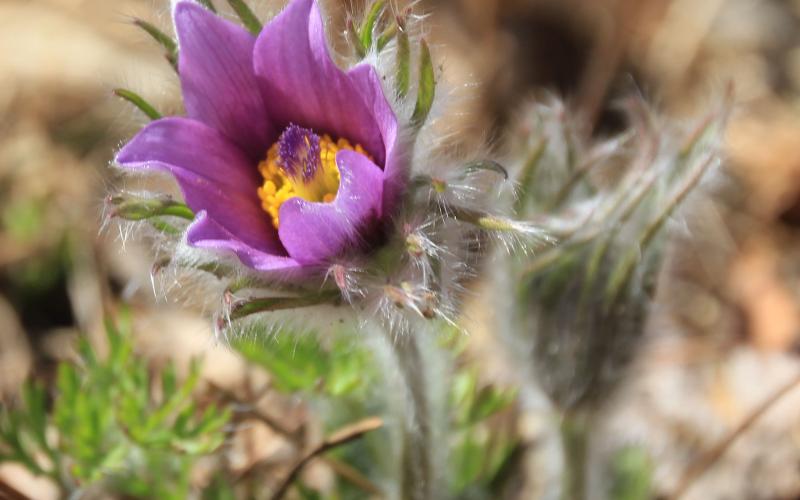
Common Flowering Plants (Forbs) of South Dakota
This guide focuses on forbs, or flowering “broad-leaved” herbaceous plants, but forbs can be narrow-leaved as well.
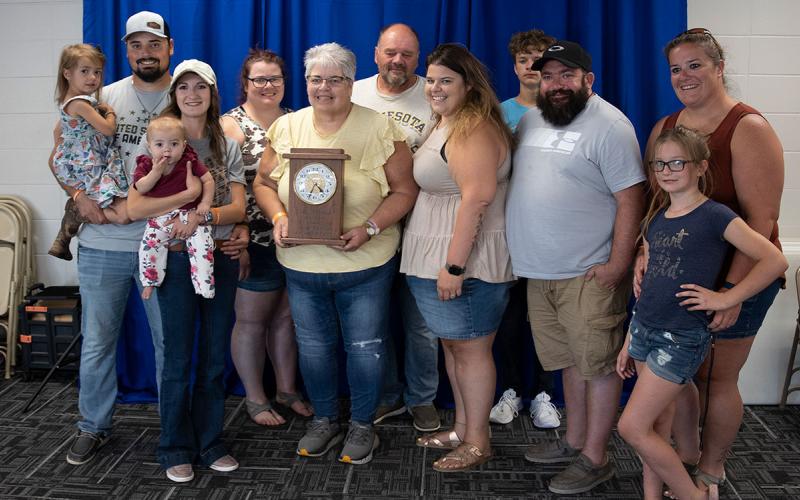
South Dakota 4-H Recognizes Volunteers during the 2022 State Fair
October 19, 2022
South Dakota 4-H inducted nine individuals into to the 4-H Volunteer Hall of Fame and 4-H Shooting Sports Volunteer Hall of Fame on Sunday, Sept. 4, at the 2022 South Dakota State Fair in Huron, South Dakota.
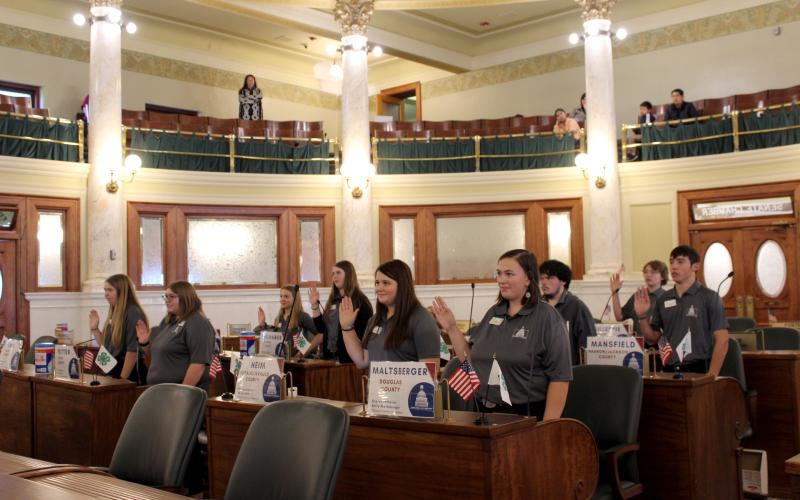
November: 4-H Club Leadership Roles
A quick start guide and additional resources about 4-H Club Leadership Roles.
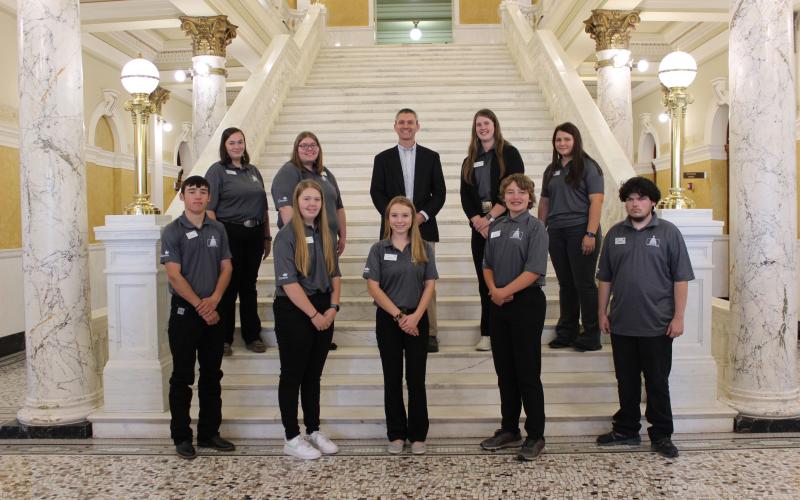
December: 4-H Club Meetings
A quick start guide and additional resources about 4-H Club meetings.

February: Communication, Courage and Creativity
A quick start guide and additional resources about Communication, Courage and Creativity.
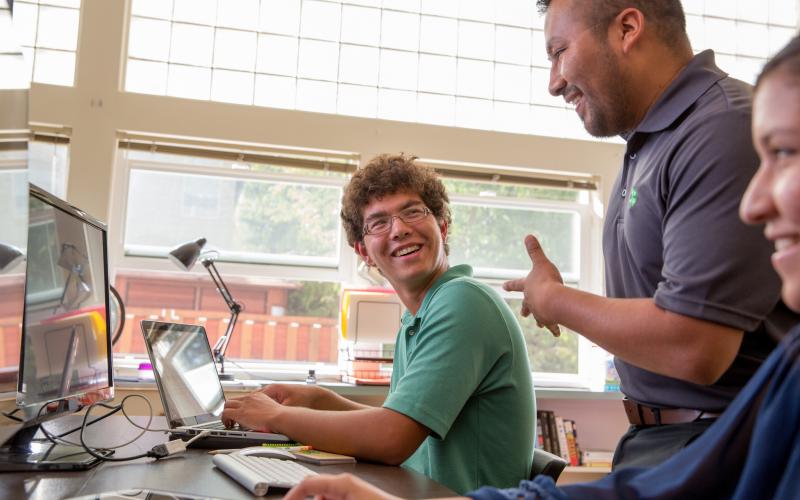
March: Science, Technology, Engineering and Math
A quick start guide and additional resources about Science, Technology, Engineering and Math (STEM) education.
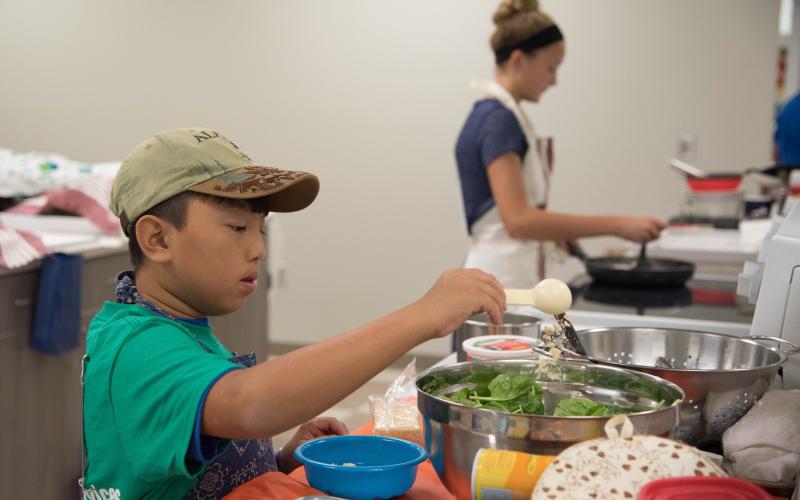
April: Health
A quick start guide and additional resources for promoting healthy lifestyles.
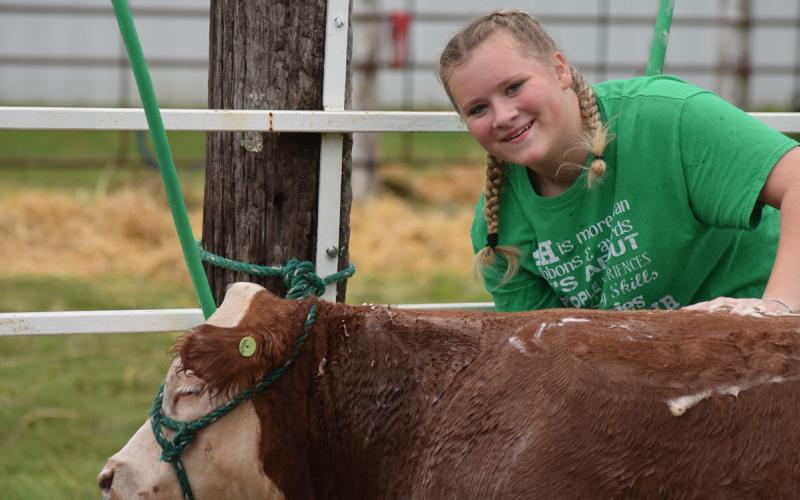
June: Club Project or Event
A quick start guide and additional resources for Club Projects or Events.
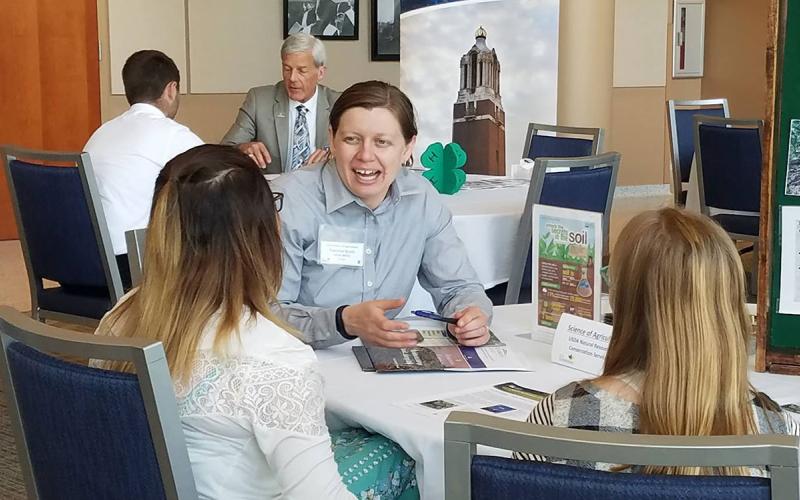
July: Learn by Doing
A quick start guide and additional resources for the process of doing.
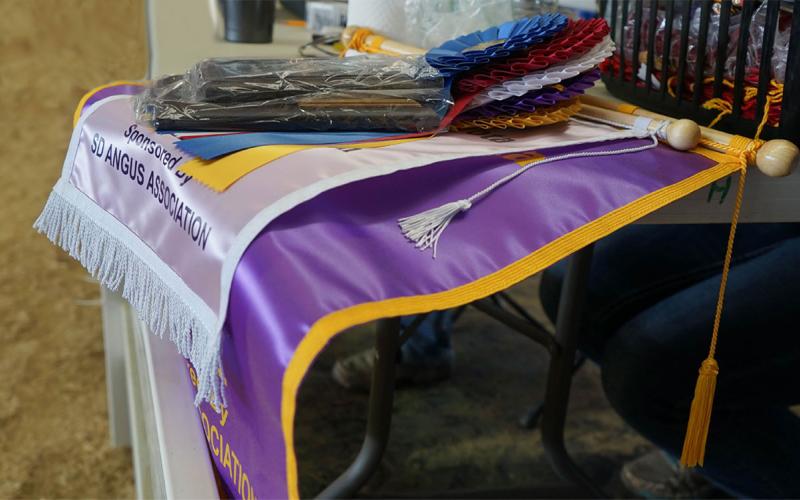
September: Recognition
A quick start guide and additional resources for recognition.